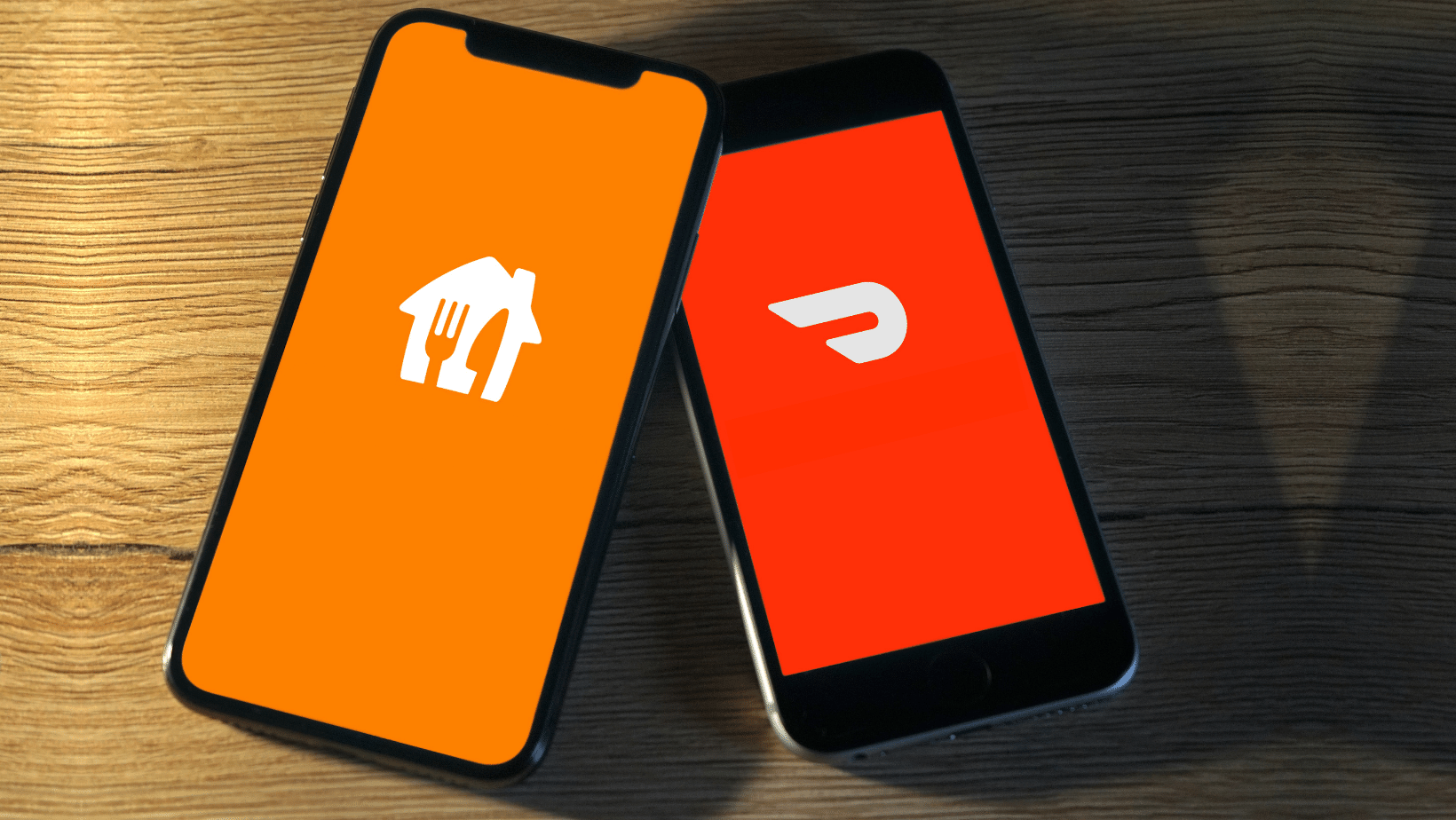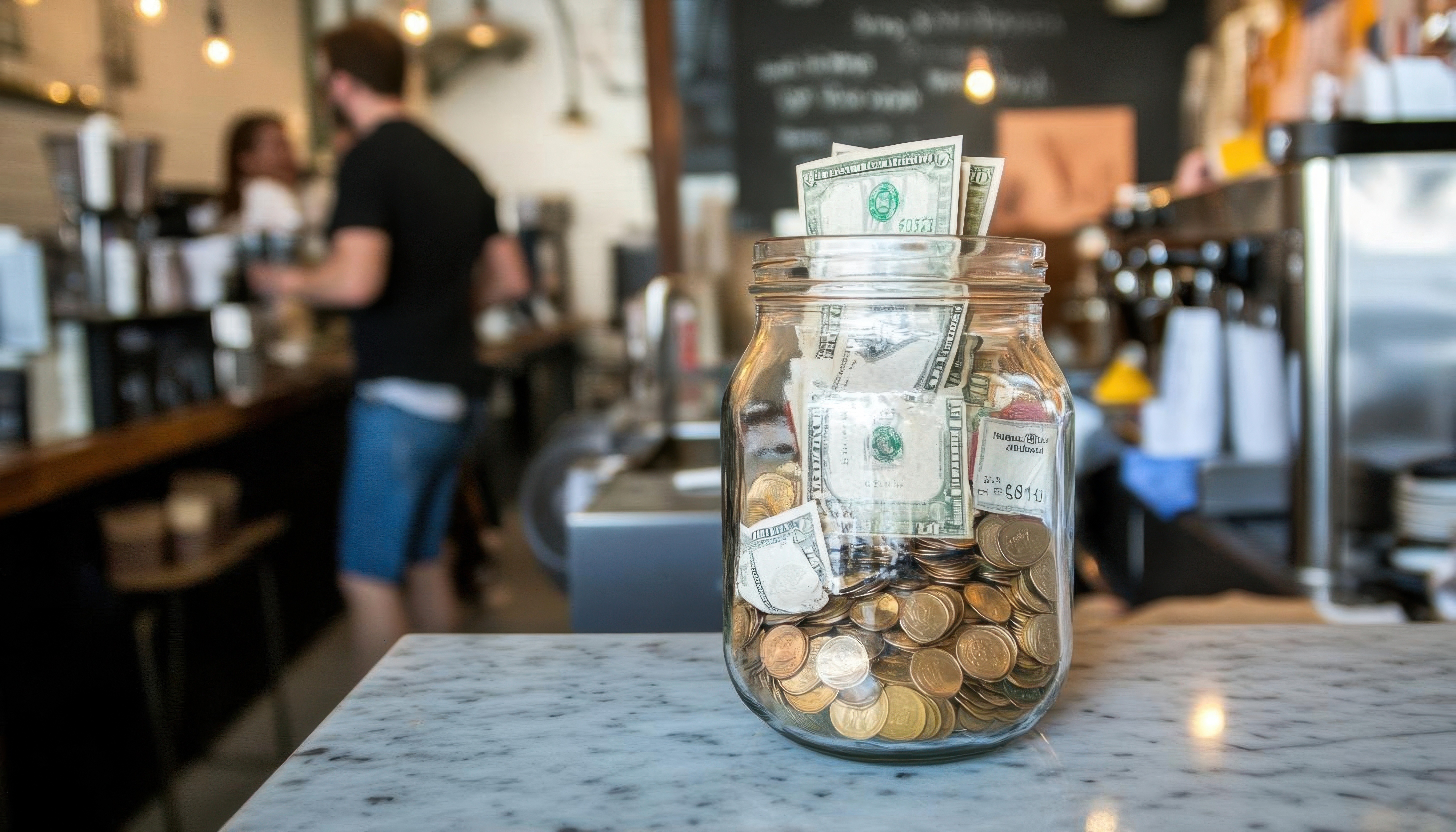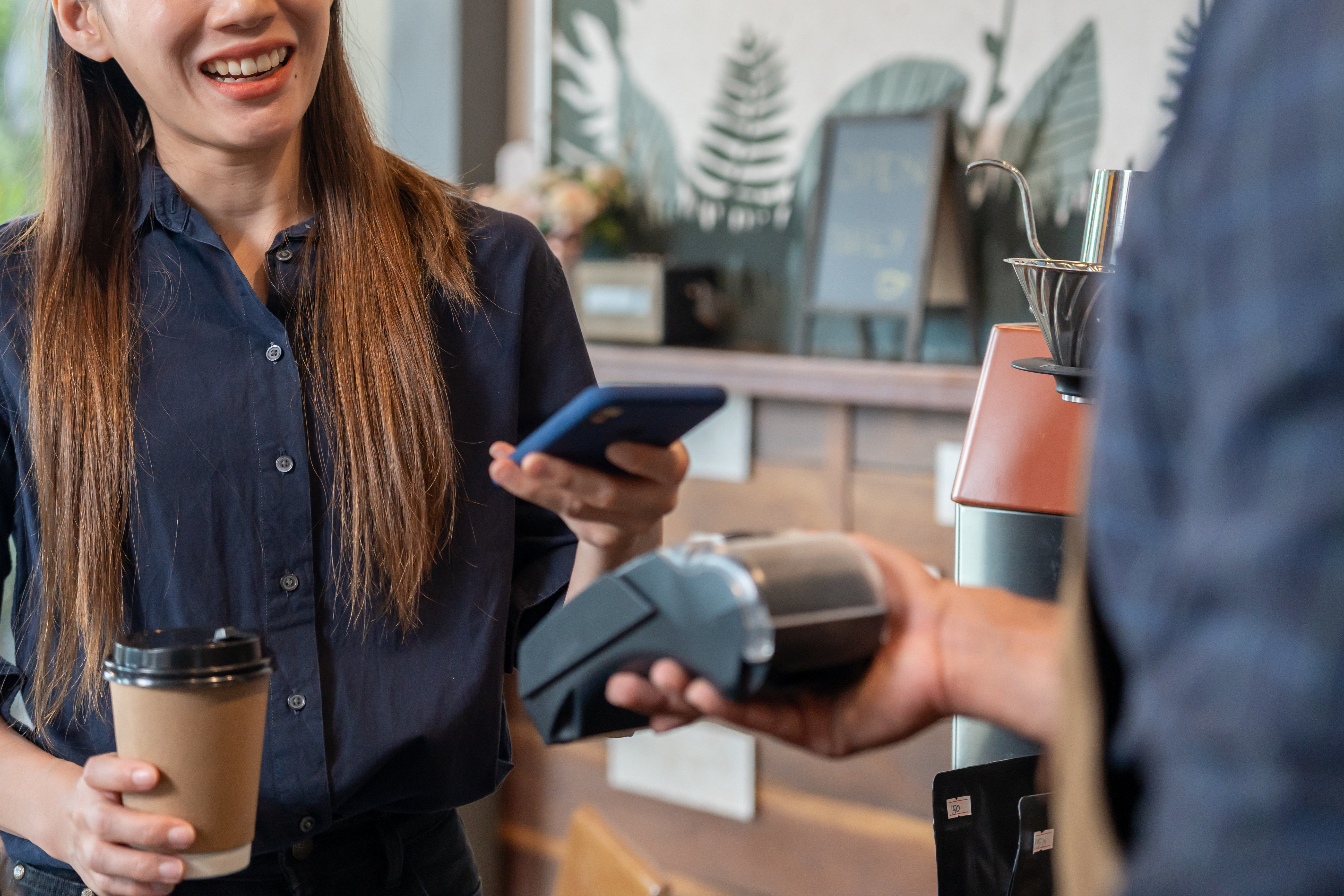Delivery App Refund Abuse Is Rising (And Here's Why You Should Care)
The number of restaurants falling victim to fraudulent refunds is at an all-time high, making delivery app refund abuse one of the hottest topics among industry professionals.
Business owners surveyed in 2023 estimated that one-third of their refunds were fraudulent, reporting a steady increase in refund fraud over the past 3 years.
Unsurprisingly, people are worried… but like most things, the more you know about delivery app refund abuse, the better you can prepare and respond.
So, let’s start at square one, shall we?
What is Delivery App Refund Abuse?
Delivery app refund abuse is exactly what it sounds like — when individuals misuse the (often generous) refund policies of third-party apps like DoorDash or Uber Eats.
The definition of delivery app refund abuse intentionally casts a wide net, because there’s no “one size fits all” approach to what this abuse looks like in practice.
However, refund abuse typically takes shape as false customer claims, including that:
- A hygiene issue (e.g. a hair in the food).
- A successfully delivered order never arrived.
- A paid-for item was made incorrectly or missing.
- An order wasn’t placed by them (i.e. it was fraudulent).
Then, after the customer shares their concerns with the delivery app’s customer service team or their credit card company, they request a full refund or chargeback… and they usually get it.

How Does Delivery App Refund Abuse Happen?
There are two main reasons that we’re seeing a rise in delivery app refund abuse.
Reason 1: Delivery App Refund Abuse Is Easy
Delivery app refund abuse has a ridiculously low barrier to entry.
All you need to “succeed” at delivery app refund abuse is an app, a credit card, and a lie… and we have the data to prove that formula for success is working.
Thanks to Anand Karthik Tumuluru of Loop AI, we know that third-party delivery apps have an impressive chargeback ratio. “[J]ust looking at chargebacks and order errors as a whole across the thousands of locations that we have,” Anand says, “the rough sizing of the issue itself is around 3%.”
That means on average, 30 in every 1,000 DoorDash or Uber Eats customers request refunds.
Now at first glance, that number doesn’t seem too bad at all. Until you learn the chargeback ratio for third-party delivery apps is 20x more than the industry average.
The average chargeback ratio for first-party orders is between ~0.1% and ~0.2%, which means that on average, only one or two in every 1,000 customers request a refund from actual restaurants or hospitality businesses.
Need a seamless delivery integration? Our Online Ordering Guide compares the top five systems for you.
Reason 2: Delivery Apps Encourage Refund Abuse
The massive discrepancy between chargeback ratios leads us to the second reason behind increased refund abuse: the apps control the refunds.
When angry, upset, or disappointed customers reach out and complain about their food deliveries, the restaurant doesn’t get the brunt of it — the app’s customer service team does. Since complaints pose obvious risks to the app’s reputation, it’s not surprising that DoorDash and Uber Eats are quick to pull the “refund” trigger in the name of customer satisfaction.
However, where things do get surprising is in the refund processing stage. While the delivery app is responsible for managing refund requests and approving them… the restaurant is the one responsible for paying out those app-approved refunds.
Take DoorDash, for example.
Their article on error charges explains that “DoorDash issues a refund and/or credit” on behalf of the restaurant, but, “[d]epending on the situation, [the restaurant] may be charged a partial or full fee to cover the cost.” Then, when it comes time to pay those error charges, they’re “deducted directly from merchant payouts,” ranging from “25% to 100% of the applicable item costs, including tax, and subtracting commission paid.”
Ultimately, delivery app refund abuse is about gaming the system, effectively weaponizing the “customer-first” mentality that many restaurants and third-party apps pride themselves on.
And, considering how easy it is to abuse refunds, it’s a concern that every restaurateur should have on their radar.

Why You Should Care: A Case Study in Delivery App Refund Abuse
There are two main reasons your restaurant should be dialed into the concern over delivery app refund abuse:
- It costs your restaurant money.
Restaurants are responsible for a portion of app-approved refunds, if not the entire thing.
2. It costs your restaurant time.
Sorting through refund disputes with your bank or a third-party app can take weeks (or months).
And, when these concerns come together in the perfect storm, nothing good happens… and Spoon by H knows that all too well.
Spoon by H is a Korean restaurant in L.A., owned and operated by chef Yoonjin Hwang.
Or at least it was; Spoon by H shut its doors for good in 2021, citing “fraudulent orders and chargebacks” as the main reason for its closure.
Hwang said the “false charges” had been happening for a year, starting with credit card chargebacks and expanding to third-party apps. Regardless of the platform, Hwang got the short end of the stick either way. Not only was she responsible for footing the refund bills from third-party apps, but she also lost valuable time in the kitchen, spending time trying to resolve chargeback and app disputes, instead.
In a now-private series of Instagram posts, Spoon by H shared the following statement about the restaurant closure:
"We are heartbroken to find ourselves sharing the very news we hoped we would never have to share… Spoon By H will be closing. Although we put up our very best fight, we could no longer hold out against the growing barrage of fraudulent disputed charges and the countless refunds issued."
Choose an online ordering system that makes delivery easier, not harder—start with our guide.
How You Can Combat Delivery App Refund Abuse
While delivery app refund abuse is a very real (and rapidly growing) concern in the restaurant industry, all hope is not lost. There are multiple different ways to combat delivery app refund abuse depending on your restaurant’s needs, wants, and your level of concern.
Option 1: Stop using delivery apps entirely
One way to combat delivery app refund abuse is to stop using delivery apps entirely. Although this isn’t the most ideal solution — apps offer huge potential for revenue generation — it’s the only sure-fire way to avoid refund abuse through delivery apps.
Option 2: Use your own Craver app for delivery
Another way to combat delivery app refund abuse is to use your own restaurant app with Craver. Depending on the level of control you want to have over your restaurant’s delivery services, using a Craver app for delivery can look like two different things.
1. Use the Craver app and manage the delivery process on your own
If you don’t want to integrate your Craver app with third-party delivery apps, no worries — you can still offer delivery services in a way that works for you! Whether you’re hiring additional staff to manage the deliveries or delegating existing staff to delivery duties, you have control over refunds and the rest of the delivery process, too.
2. Use the Craver app, but use third-party apps for delivery
Using Craver’s Uber Eats and DoorDash app integrations, you can lean on the third-party apps’ fleet of delivery drivers without having to hire your own or ask your staff to deliver. And, because orders come through your Craver app instead of Uber Eats or DoorDash, you get total control over your refund policy and process.
.png?width=1090&height=614&name=Commission-free-deliveries%20(1).png)
Wrap Up
Delivery app refund abuse is a very real concern in the restaurant industry, putting owners and operators between a rock and a hard place — continue delivery services or quit cold turkey?
But, whether you make the difficult decision to move away from delivery or you look at alternatives like a custom-built Craver app, there’s only one “right” way to respond to the refund abuse crisis… and that’s by doing what feels best to protect you and your business.

.png?width=86&name=Untitled%20design%20(84).png)





